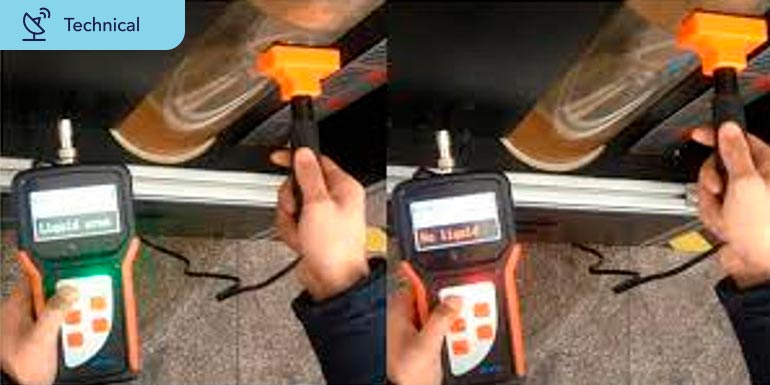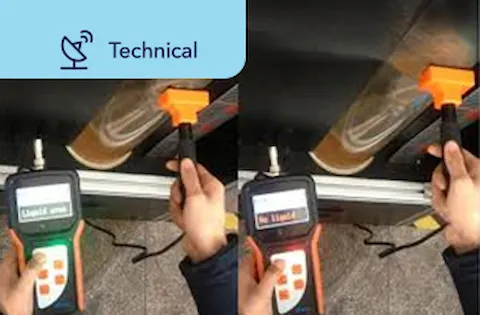Deficiencies in CO2 fire-extinguishing systems
DNV has recently identified cases where CO₂ fireextinguishing systems had multiple depleted CO₂ cylinders, potentially compromising fire safety and vessel integrity. More about this below.
Information for: Ship owners and managers.

DNV has identified two primary contributors to this issue:
1. Incorrect use of ultrasonic liquid level gauges
Level gauging at temperatures exceeding the manufacturer’s instructions on maximum temperature (CO₂ cylinder temperature) gives unreliable readings. At elevated temperatures, CO₂ converts into a supercritical fluid state, and the cylinder no longer has a liquid level to measure.
2. Bursting disc material
The second issue relates to the material used in the CO₂ cylinder valve bursting disc, to date an issue only observed in systems supplied by NK Co., Ltd. from South Korea up to 2016.
As highlighted in the corresponding Marshall Island Maritime Safety Advisory No. 14-23, service experience has shown that bursting discs made of copper are prone to fatigue failure.
Recommendations
To mitigate these risks, DNV recommends taking the following actions:
- Ensure the latest version of the CO₂ user manual is on board and followed.
- Use approved service suppliers and within the applicable regulatory intervals.
- Only use ultrasonic level gauges within the temperature range specified by the manufacturer for the liquid level test of CO₂ cylinders.
References
Marshall Island Maritime Safety Advisory No. 14-23 (see appendix)
